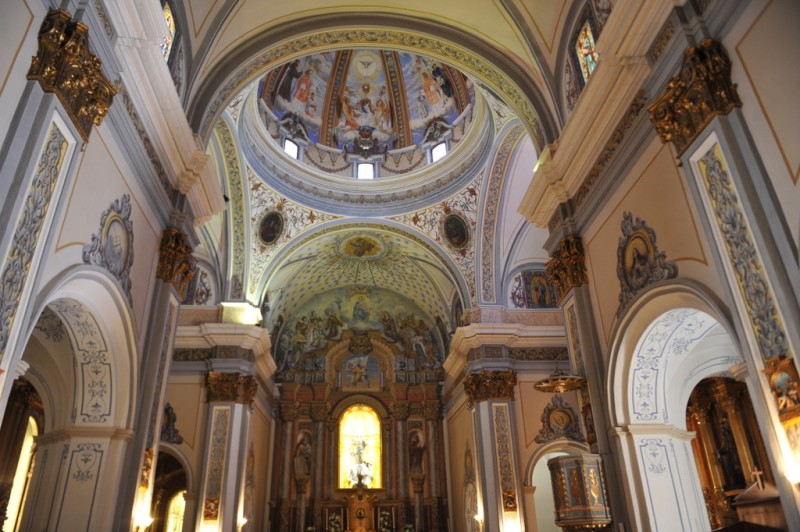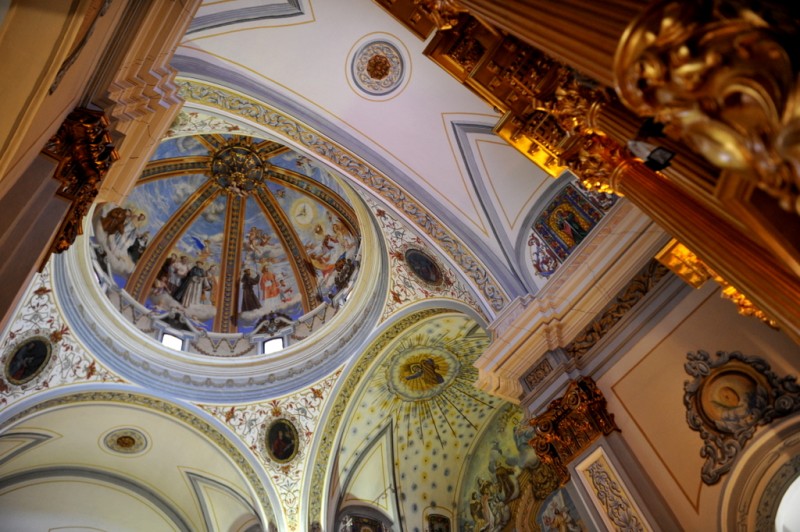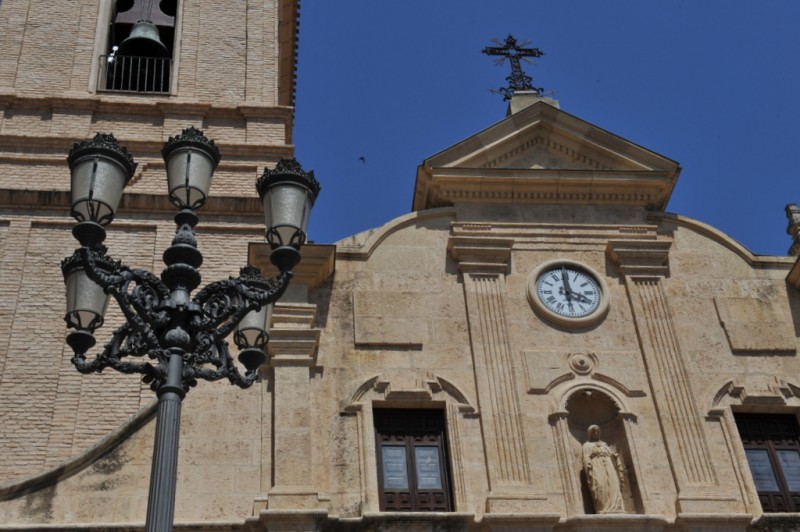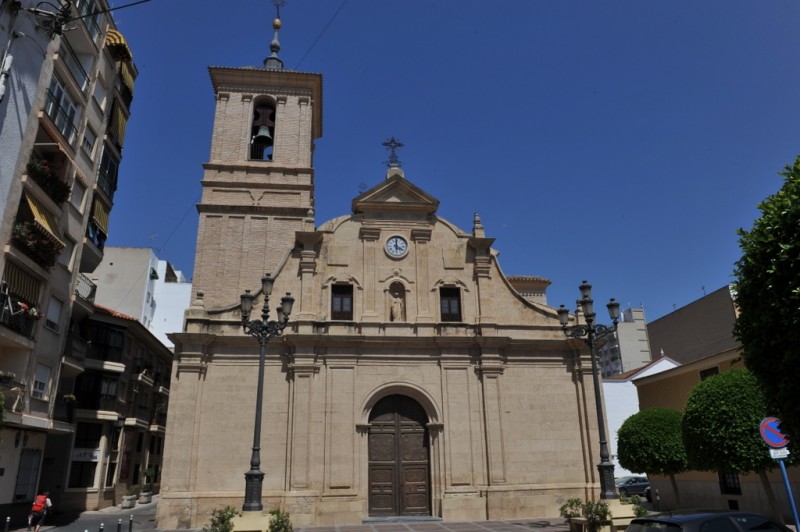

Guidelines for submitting articles to San Pedro del Pinatar Today
Hello, and thank you for choosing San Pedro del Pinatar.Today to publicise your organisation’s info or event.
San Pedro del Pinatar Today is a website set up by Murcia Today specifically for residents of the urbanisation in Southwest Murcia, providing news and information on what’s happening in the local area, which is the largest English-speaking expat area in the Region of Murcia.
When submitting text to be included on San Pedro del Pinatar Today, please abide by the following guidelines so we can upload your article as swiftly as possible:
Send an email to editor@spaintodayonline.com or contact@murciatoday.com
Attach the information in a Word Document or Google Doc
Include all relevant points, including:
Who is the organisation running the event?
Where is it happening?
When?
How much does it cost?
Is it necessary to book beforehand, or can people just show up on the day?
…but try not to exceed 300 words
Also attach a photo to illustrate your article, no more than 100kb

The church of Nuestra Señora de la Asunción in Molina de Segura
Construction of the main church in Molina was completed in 1765
The church of Nuestra Señora de la Asunción is the largest, the oldest and the most important in Molina de Segura, and stands in the Plaza de la Iglesia just a minute’s walk from the Plaza de la Región Murciana at the southern end of the main pedestrian thoroughfare of the town, the Paseo de los Rosales.

Prior to the construction of this church the main place of worship in Molina was higher up in the district where the Moorish castle was built, on top of the hill which overlooks the River Segura, and was dedicated to Santa María: this building came into existence shortly after the Reconquista of Murcia from the Moors by the Christian forces of Castilla in the 13th century, and was erected on the site which had previously been occupied by the Moorish mosque.
The devotion to the The Virgin of the Assumption in Molina is known to date back at least to 1635, when the first records appear of fiestas being held in her honour. But even before then a statue of her presided over the main altar of the old church of Santa María, and in 1712 a church bell dedicated to Nuestra Señora de la Asunción was added.

By this time, though, the population of Molina was growing, and in 1727 it was decided that the old church should be extended to accommodate the congregation. Even this was not enough, though, and by 1746 work had begun on the new, larger place of worship in which a new sculpture of the Virgin was to be housed, with the building located on land donated for the purpose by a member of the congregation.
This sculpture was adorned with a 17-ounce silver crown for Mary and another smaller one for the Infant Jesus weighing 15 ounces, but as was the case throughout Molina the advent of the Civil War coincided with the disappearance and probable destruction of these items. Replacements were supplied by Bernabé Gil Riquelme in the 1940s, and are heavily featured in the fiestas in honour of the Virgen de la Asunción which are held every September in Molina de Segura.

The church was consecrated on 30th November 1765, and is built in the baroque style with a strong Jesuit influence based on the church of the Gesú in Rome. Inside it is purported to contain a finger belonging to the patron saint of Molina, San Vicente Mártir, and there are also various sculptures created by local artist Berrnabé Gil, who did much to replace the religious imagery which was destroyed during the Spanish Civil War (1936-39).
In addition, wall paintings by Muñoz Barberán and Luis Garay can be seen among the lavish decoration, and one of the most treasured items is a monstrance by Carlos Zadyatti of Naples which dates from the 1792. At the same time, the church archive contains information dating back to 1560, and is frequently consulted by historians.

The floor plan of the church follows the typical Latin cross shape, and the two side naves are exactly half the length of the main one. The stonework of the main façade is reminiscent of the cathedral of Murcia – unsurprisingly given that the Gesú church in Rome on which it is based has been described as “the first truly baroque façade” - although on a smaller scale, and is topped with a square bell-tower.
Click for further information about the Molina de Segura municipality
